Brown Lentil Stew with Onion, Herbs & Spices
RECIPE : Brown Lentil Stew with Onion, Herbs & Spices
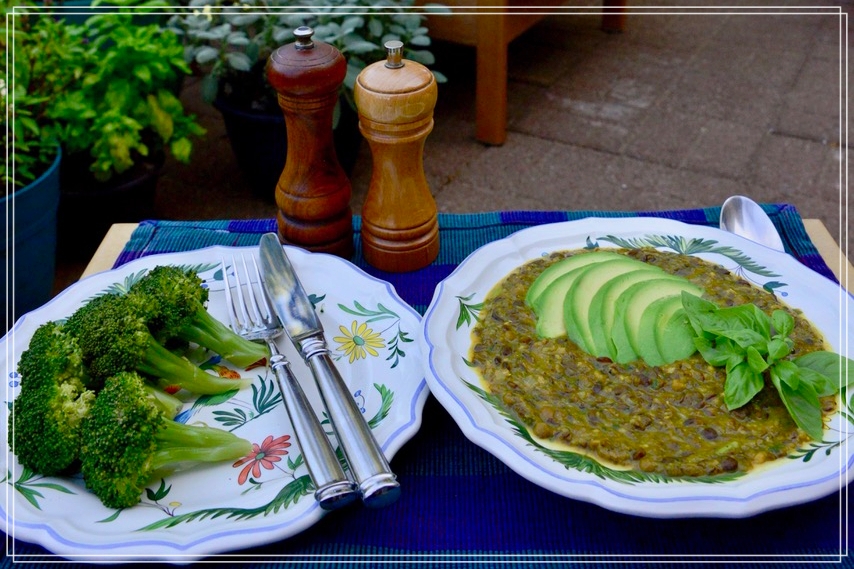
Use lentils to lose weight, build muscle and grow your microbiome – all without actually cheating!
They contain an extraordinary 25% or 30% protein – more than any other vegetable except soybeans, and more than most nuts – and a winning combination of insoluble and soluble fiber (see article “We have a Hundred Trillion Tiny Friends”). But most of all they taste delicious (earthy, even meaty) and are extremely quick and easy to convert into something to eat. The fast food at the back of the larder!
Here is a top recipe for brown lentils, although like many other recipes it’s not essential that you have all the ingredients. This would make enough to have a generous portion and put the rest into meal-sized servings in the freezer.
Ingredients
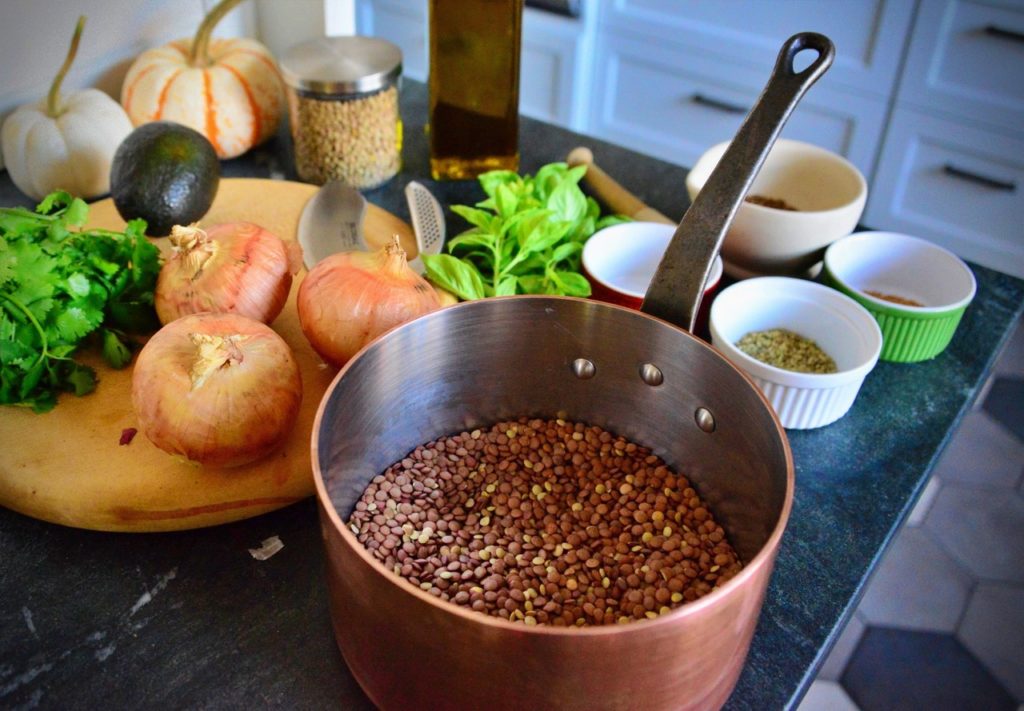
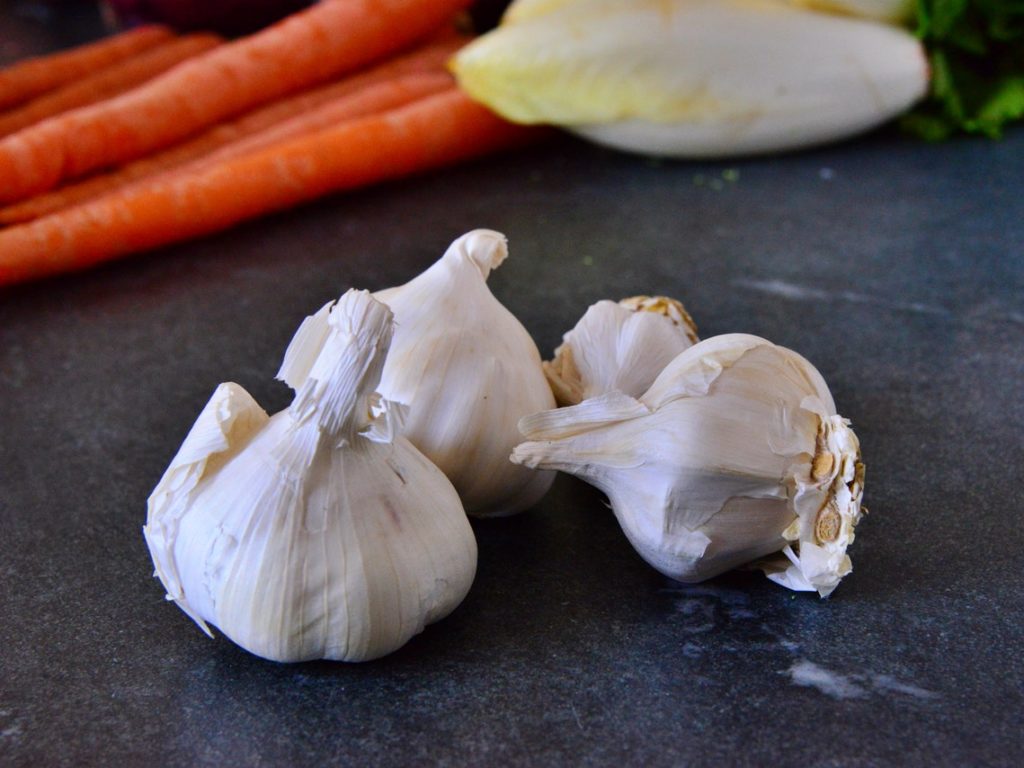
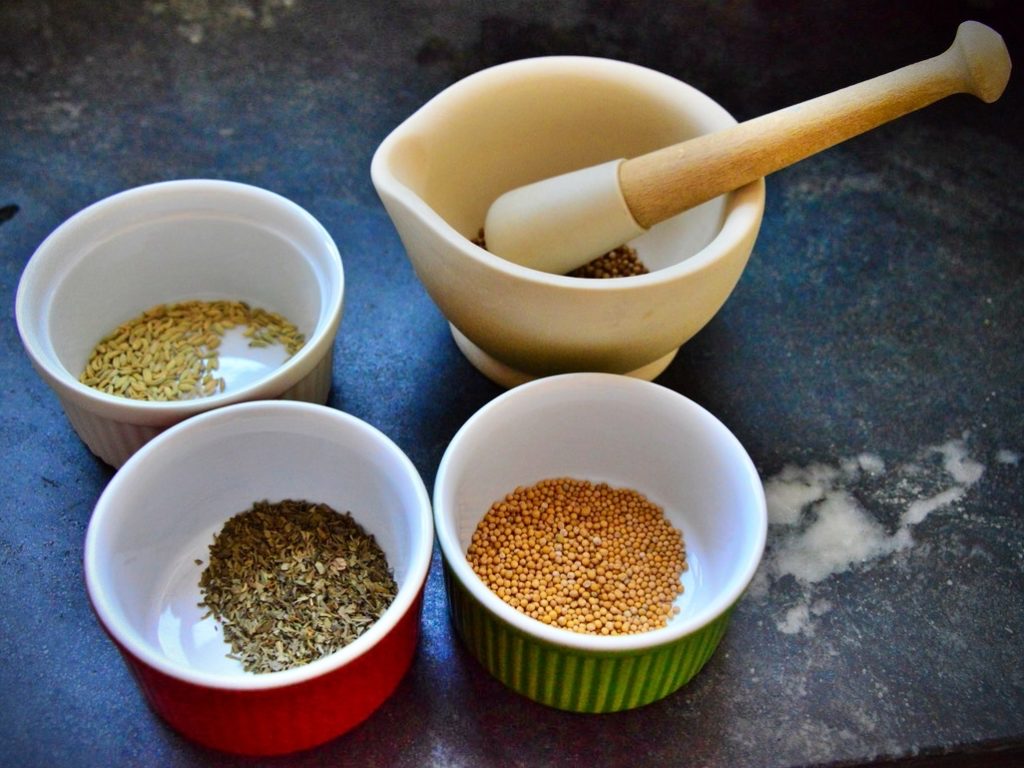
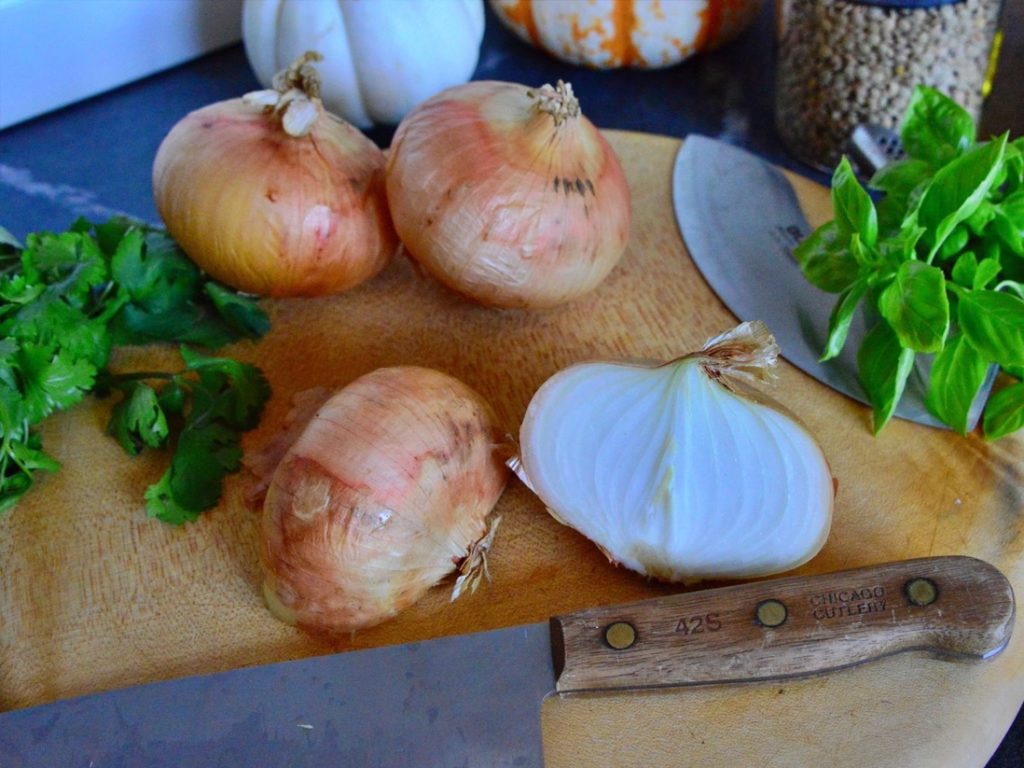
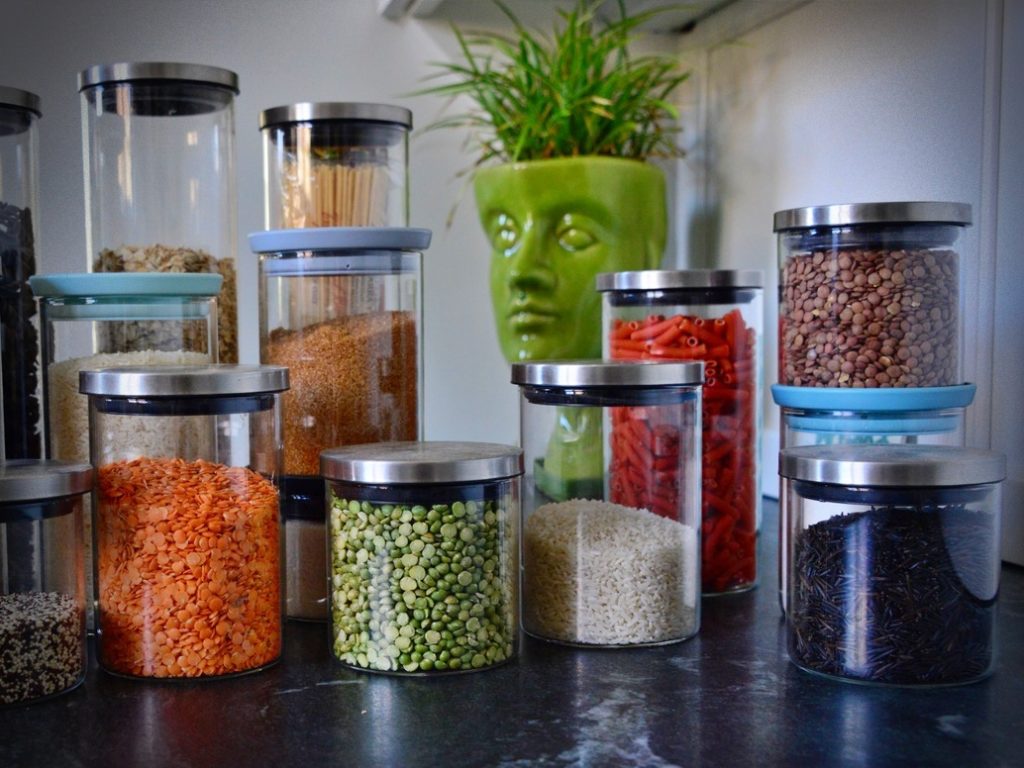
- Three cups of brown lentils
- A tablespoon of mustard seeds
- A tablespoon of coriander seeds
- A dessert spoon of fennel seeds
- A tablespoon of dried basil
- A heaped teaspoon of dried turmeric
- One large onion – white for preference, perhaps a “sweet” white onion
- Three or four cloves of garlic
- Olive oil – or similar – for frying the mixture
- A liter of vegetable or chicken stock (low sodium if possible), and/or water
- Salt and black pepper to taste
Method
1 Simmer the lentils in lightly salted water until they’re within a couple of minutes of being soft enough to eat – but still chewy if bitten. Meanwhile cook the mustard seeds in the bottom of a frying or other pan on a moderate heat so that they pop and leap around inside it but without smelling burnt.
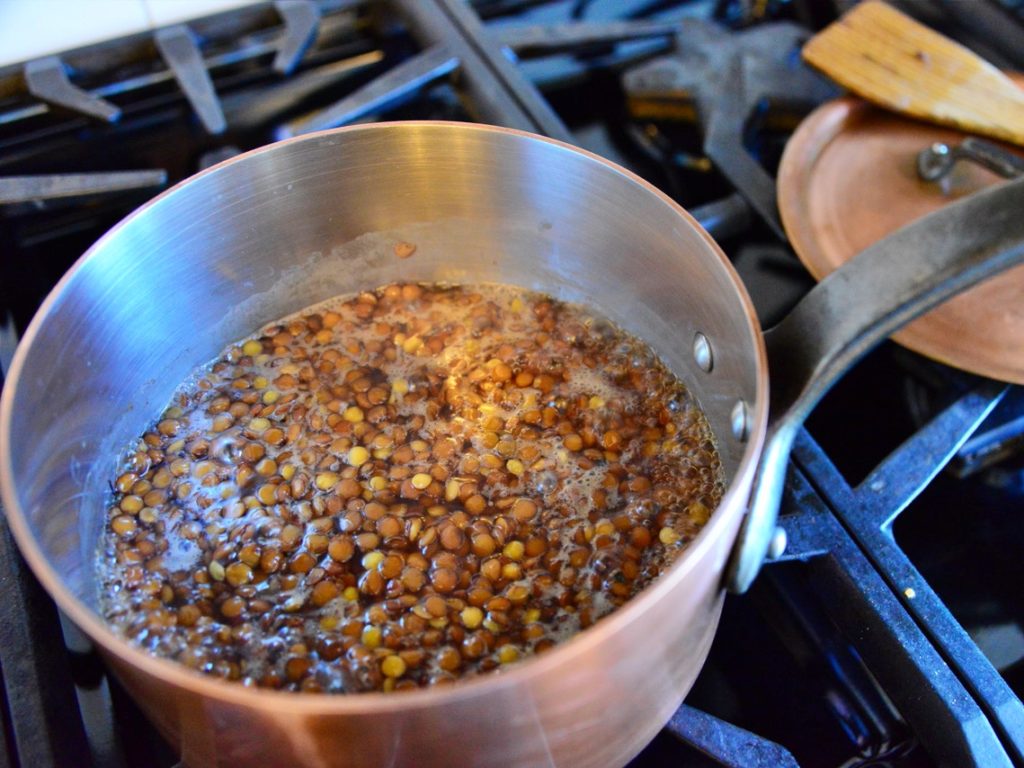
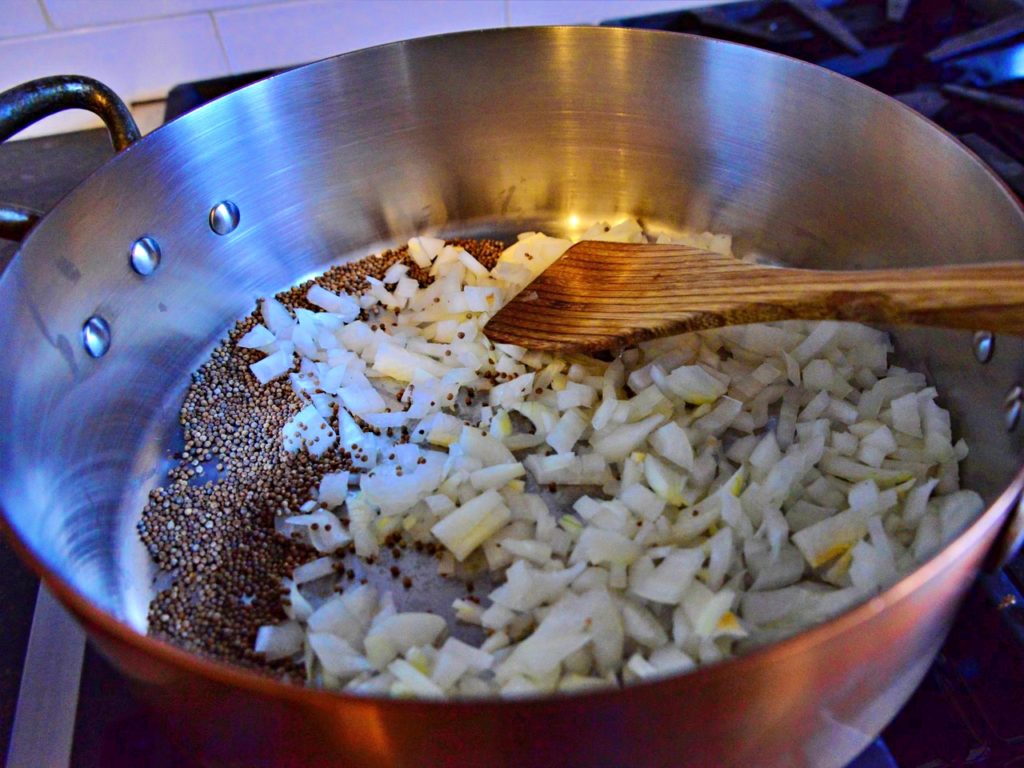
2 Add the finely chopped up onion to the pan and “dry fry” it (without oil to start with) stirring and turning the mixture. After a couple of minutes, during which the onion will squeak and sizzle, add the fennel seed, crushed or chopped garlic and coriander seed, dried turmeric and dried basil to the mixture, with a generous dollop of oil.
3 Once the mixture has started frying, add the still-firm lentils, and mix them in for a minute or so. Finally add the stock and simmer the mixture until the texture of the lentils is as you like it. If you have a liquidizer, zap between a half and two thirds of the mixture in it and return it to the pan. Add pepper to taste and it’s ready. Simple as…!
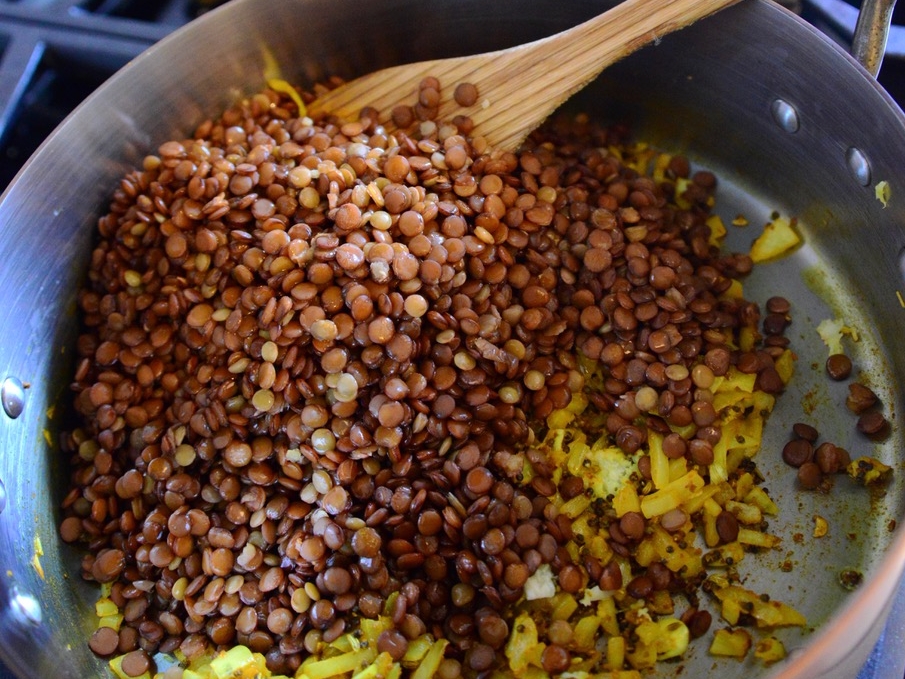
This sort of lentil stew goes particularly well with vegetables such as steamed broccoli, beans or garden peas. If you have them sliced avocado is creamy and delicious with the distinctive, earthy flavor of the stew. Fresh basil or cilantro leaves are also good, so is parsley. You could use water instead of stock, or miss out others of the ingredients, and it will still be extremely tasty, healthy and filling.
About Lentils
Lentils, so named because they look like a lens, are among the most ancient of food crops and were grown in south-west Asia around 10,000 years ago. Vegetarian cultures – especially in the Indian sub-continent where lentils are served as “dhal” – still rely on them heavily as a source of protein. Canada is now the biggest world producer. A small amount of lentil flour – around 3% – can be added to bread to increase its protein content.
An interesting problem with lentils is their lack of genetic diversity. As did many other domesticated plants, lentils were forced into a genetic bottleneck early in the process of domestication, as the same few cultivars were chosen. Genetic components of wild lentils able to confer stress resistance on their domesticated cousins have been discovered, but attempts are being made to find more “crop wild relatives” from which to breed such improvements into the domesticated strains.
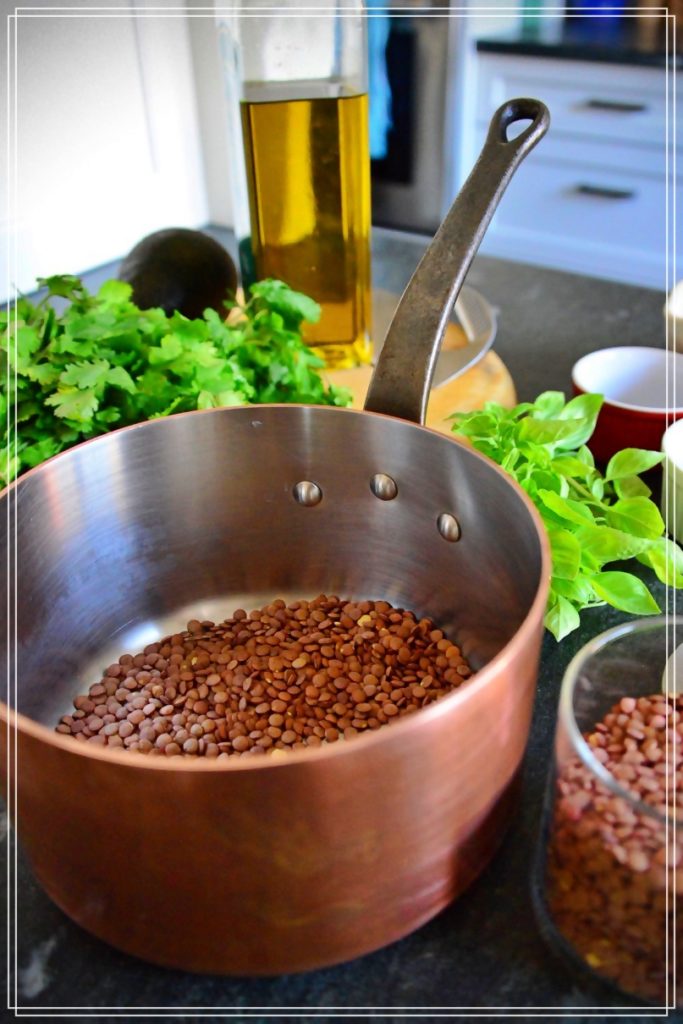
What’s in it for my body?
FIBER
Lentils, like other legumes (peas and beans), are rich in fiber. They are 63% carbohydrate, a third of which is fiber, the remainder being starch with a low glycemic index – so it is only slowly absorbed as glucose.
The soluble fiber content bulks out the stool, helps avoid constipation, and exercises the gut muscles. The soluble fiber turns to a kind of gel in the gut and moderates the absorption of sugar, fat and cholesterol, and feeds beneficial bacteria. It avoids the sort of spike in insulin that you get after eating sugar and processed (high glycemic index) carbohydrates, which converts more of what you eat into fat and will linger in the bloodstream to make you prematurely hungry again.
The 15.6g of fiber in a cup of cooked lentils would give an average man almost half of the recommended 38g of dietary fiber a day, and an average woman almost two-thirds of the recommended 25g.
PROTEIN
Between a quarter and a third of the dry weight of lentils is protein, so that a cup provides almost 18g. Proteins are made up of amino acids in 20 basic forms, all except 9 of which can be made in the body. Animal-sourced foods – meat, eggs, milk, etc. – contain “perfect” proteins (containing all 20 amino acids), but the 9 “essential” amino acids are rarely all present in plant foods (although exceptions include soybeans, quinoa and buckwheat). Lentils contain plenty of leucine, lysine, phenylalanine and threonine, but lack methionine and cysteine. Vegetarians can make up for the missing elements by pairing lentils with whole grains such as brown rice and whole wheat which are rich in methionine.
VITAMINS, MINERALS & PHYTOCHEMICALS
Lentils are rich in B vitamins, and minerals such as iron, phosphorus, zinc and calcium. They also contain phytochemicals such as flavonoids acting as antioxidants (soak up electron stealing free radicals that damage important fats and proteins), and the carotenoids lutein and zeaxanthin, extremely important to the health of the retina.
Phytochemicals are used by plants to resist fungi, bacteria and viruses and to protect the plant against other environmental assaults, even ultra-violet light. They have formed an important element of ancient therapies, such as the approximately 5,000 year old Ayurvedic medicine in India.
Comments are closed.